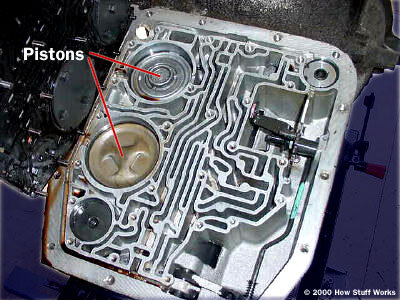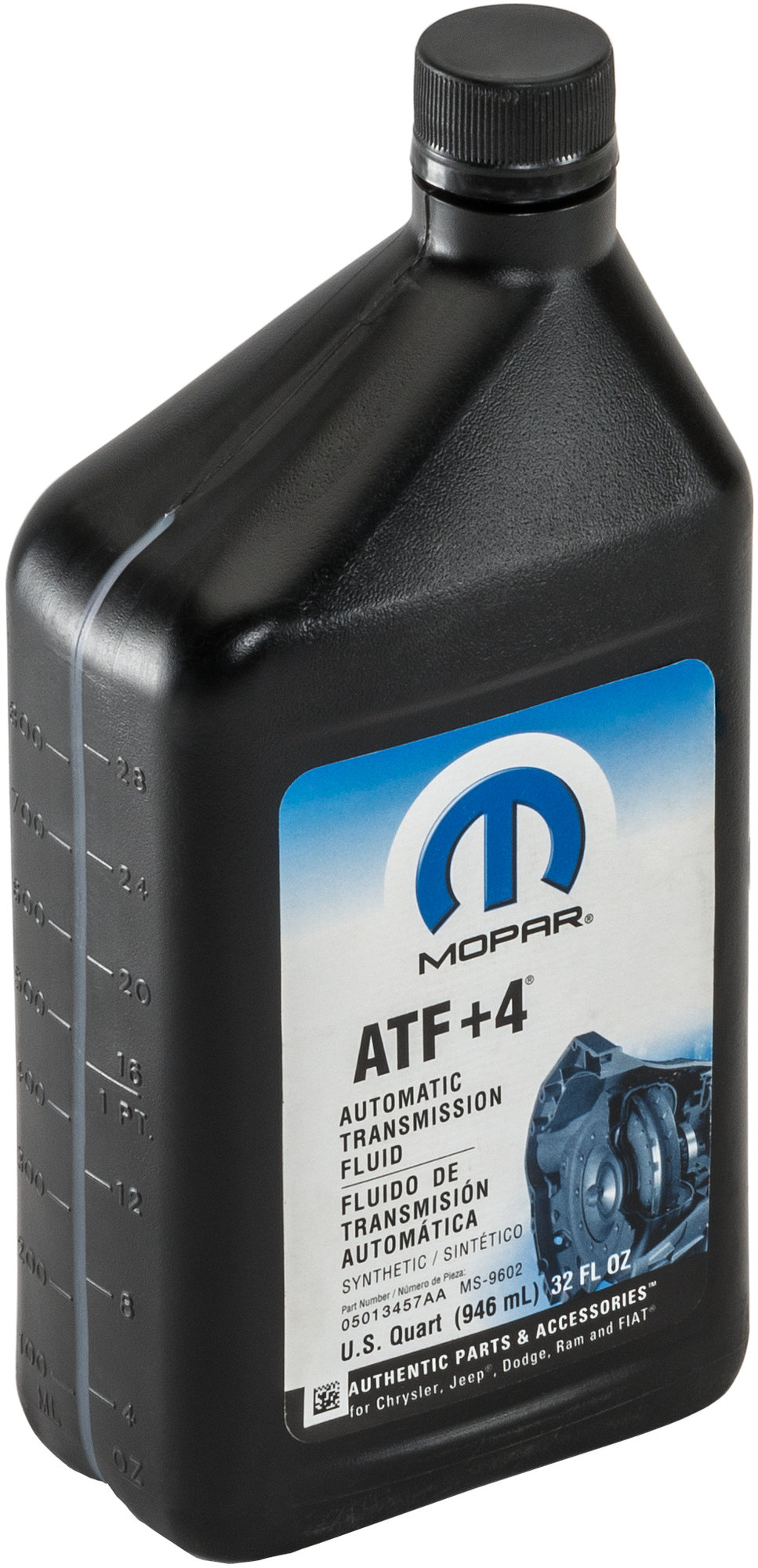Fel-Pro TOS18719 Automatic Transaxle Gasket. Only 3 left in stock - order soon. More Buying Choices. $7.49 (19 used & new offers) FREE Shipping on eligible orders. 1 out of 5 stars 1. Fel-Pro TOS18735 Automatic Transaxle Gasket. Custom/high performance. Off road racing. Mendeola now at reduced prices! Md4-2d mainshaft bearing upgrade. Tech info: why ours are better. Disc brakes for mini-diff. Transworks mini-diff. Transworks drive coupler. 091 sand/performance package.
Transaxle fluid in the automatic transaxle should be checked at those intervals specified in the vehicle maintenance schedule in Section 5.
NOTE:
Automatic transaxle fluid is basically red color. As driving distance increases, the fluid color turns darkish red gradually. It is a normal condition and you should not judge the need to replace based upon the changing color.
You must replace the automatic transaxle fluid in accordance with intervals specified in the vehicle maintenance schedule in section 5.
Recommended Fluid

Your Hyundai automatic transaxle is specially designed to operate with HYUNDAI GENUINE ATF SP III, DIAMOND ATF SP III, SK ATF SP III or other brands meeting the SP III specification approved by Hyundai Motor Co. Damage caused by a nonspecified fluid is not covered by your new vehicle limited warranty.
CAUTION:
Use of aftermarket ATF additives may cause damage to the automatic transaxle.
Only use HYUNDAI GENUINE ATF SP III, DIAMOND ATF SP III, SK ATF SP III or other brands meeting the SP III specification approved by Hyundai Motor Co. If you are having your vehicle serviced at a facility other than a Hyundai dealer, verify that the correct ATF is used for your vehicle.
Transaxle Fluid Capacity
The fluid capacity of the automatic transaxle is 8.2 U.S. quarts (7.8 liters).
WARNING:
The transaxle fluid level should be checked when the engine is at normal operating temperature. This means that the engine, radiator, exhaust system etc., are very hot so you should exercise great care not to burn yourself during this procedure.
Checking the Automatic Transaxle Fluid Level
The automatic transaxle fluid level should be checked regularly.
Keep the vehicle on the level ground with the parking brake applied and check the fluid level according to the following procedure.
1. Place the shift lever in N (Neutral) position and confirm the engine is running at normal idle speed.
2. After the transaxle is warmed up sufficiently (fluid temperature 158~176°F), for example by 10 minutes usual driving, move the shift lever through all positions then place the shift lever in N (Neutral) or P (Park) position.
3. Confirm if the fluid level is in “HOT” range on the level gauge. If the fluid level is lower, add the specified fluid from the fill hole. If the fluid level is higher, drain the fluid from the drain hole.

4. If the fluid level is checked in cold condition (fluid temperature 68~86°F), add the fluid to the “COLD” line and then recheck the fluid level according to the above step 2.
WARNING:
The cooling fan is controlled by engine coolant temperature and may sometimes operate even when the engine is not running.

Use extreme caution when working near the blades of the cooling fan, so that you are not injured by a rotating fan blade.
As the engine coolant temperature decreases, the fan will automatically shut off.
This is a normal condition.
See also:
Using a child restraint system
For safety reasons, we recommend that the child restraint system be used in the rear seats. WARNING Never place a rear-facing child restraint in the front passenger seat, because of the dang ..
Heating and ventilation
There are three controls and two switches for the heating and cooling system. They are: 1. Air flow control. 2. Fan speed control. 3. Temperature control. 4. Air intake control switch. 5. Air ..
Exterior
The two-door hatchback Accent is kind of cute, kind of sporty and a little dorky. Some folks I came across liked it; others just weren't offended by it. The sedan's styling is much more conservati ..
Honda has long built nearly all of its own automobiletransmissions, unlike many other automobile manufacturers which often source transmissions from external sources.[1] The most notable exception was in 2014, when Honda decided to forgo an in-house designed transmission and chose the ZF 9HP transmission for their Acura TLX V6 model, later extending the offering of the ZF transmission to the Acura MDX, Odyssey, Pilot and Ridgeline.[2] However, there have been reports of problems with ZF transmissions and Acura recalled its 2015 TLX models. ZF has attributed most of these problems to software issues.
Automatic/Semi-automatic transmissions[edit]
Most of Honda's automatic transmissions are unusual in that they do not use planetary gears like nearly all other makers, however, Honda has recently introduced (2017) an all-new, in-house designed 10-speed automatic that uses planetary gears. Honda's older transmissions such as the Hondamatic semi-automatic transmission and its successors use traditional, individual gears on parallel axes like a manual transmission, with each gear ratio engaged by a separate hydraulic clutch pack.This design is also noteworthy because it preserves engine braking by eliminating a sprag between first and second gears. Instead of a sprag or roller clutch, Honda's older transmissions rely on pressure circuits to modulate line pressure to change gears.[3]

Honda was forced to invent their new system due to the vast array of patents on automatic transmission technology held by BorgWarner and others.
Honda initially chose to integrate the transmission and engine block for its first application (in the N600) as in the Mini. The Hondamatic incorporated a lockup function, which Honda called a third ratio, and had manual gear selection. The company's early transmissions also used a patented torque converter which used stator force to reduce hydraulic losses by using a reaction arm to increase the hydraulic pressure when the stator was stalled. The reaction arm acted directly on the regulator valve this meant that increased pressure was available to the clutch plates when torque multiplication was greatest. The stator was equipped with a sprag clutch enabling it to freewheel when required. The N360/N600 controlled gear changes by balancing a throttle valve and a centrifugal valve. These 'opposing' pressures caused the gear changes through the free-floating gear change valves.
On October 18, 1967, the N360 AT model with the lock-up function was unveiled at the London Auto Show.(ref Honda Worldwide) It is not now clear if the lockup function made it into production; it was not fitted to the N600AT for Europe.
The typical torque converter of the time was about 11.5in. long and the torque multiplication ratio was about 1.5 to 1. The N360/N600 torque converter was about 5.5in. long and achieved a torque multiplication of over 2.2 to 1.
The first Civic was equipped with a manually changed hydraulically engaged two-speed transmission with a torque converter. This torque converter was nominally about 7in. and achieved a torque multiplication of c2.7 to 1. It also used the reaction arm on the stator as in the N360/N600 to increase hydraulic pressure. It was initially announced in Europe as an automatic as the staff at Honda in Europe assumed that it would like the N600 to be fully automatic. This was quickly changed to 'Hondamatic'. This gearbox was a separate unit and used ATF - Automatic Transmission Fluid.
The company's naming scheme is also confusing, as it is specific to a single model of the vehicle and some identifiers are reused.
- 1973–1979 H2 — 2-speed
- Honda Civic, Honda Accord, Honda Prelude
- 1979–1985 H3 — 3-speed
- Honda Civic, Honda Accord, Honda Prelude, Honda CRX, Triumph Acclaim
- 1983–1991 H4 — 4-speed (a.k.a. AS/AK/F4/CA/P1/K4/L4/PY8A/ML4A/MY8A)
- Honda Civic, Honda Accord, Honda Prelude, Honda CRX, Honda/Acura Integra
- 1986–1990 G4 — 4-speed (a.k.a. L5/PL5X)
- 1989–1991 Civic AWD — 4-speed (a.k.a. MPSA/S5)
- Honda Civic AWD
- 1990–1997 H4A — 4-speed (a.k.a. A6VA/AOYA/APX4/APXA/BOYA/MP1A/MP1B/MPJA/MPOA/MPWA/MPXA/PX4B)
- Honda Accord, Honda Prelude, Honda Odyssey/Isuzu Oasis, Acura CL
- 1990–2000 Integra — 4-speed (a.k.a. MP7A/MPRA/RO/S4XA/SKWA/SP7A)
- 1991–1998 Vigor — 4-speed (a.k.a. M1WA/MPWA)
- Acura Vigor, Acura TL
- 1991–2003 MPYA — 4-speed (a.k.a. MPYA/M5DA/M5HA/MPYA)
- Acura Legend, Acura TL, Acura RL
- 1992–2004 S24A — 4-speed (also A24A/A2YA/A4RA/B46A/B4RA/B7ZA/BDRA/BMXA/M24A/M4RA/M4TA/MCVA/MDLA/MDMA/MRVA/S4RA/SLXA)
- Civic, del Sol, CR-V (until 2001)
- 1995–2002 B7XA — 4-speed (a.k.a. B7TA/B7VA/B7YA/M7ZA/MPZA)
- Honda Accord, Acura CL, Honda Odyssey/Isuzu Oasis, Acura TL
- 2003–2006(some 2007) MZKA — 4-speed, FWD & AWD (a.k.a. BZKA for FWD, MZKA for AWD)
- 2007–2011 MNZA — 5-speed, FWD & AWD (a.k.a. BZNA for FWD, MNZA for AWD)
- 1996–2003 Multimatic — CVT (also M4VA/MLYA/SLYA)
- Honda Civic HX CVT, Honda City
- 1997–2002 M6HA — 4-speed (also B6VA/BAXA/MAXA/MDWA/MGRA)
- Honda Prelude, Acura CL, Honda Accord, Honda Odyssey/Isuzu Oasis
- 2000–2013 H5 — 5-speed (also B7WA/BAYA/BCLA/BGFA/BGHA/BYBA/BWEA/M7WA/MAYA/MCLA/MDKA/MGFA/MGHA/MRMA)
- Acura TL, Acura CL, Acura MDX, Acura RSX, Acura RDX, Honda Odyssey, Honda Accord, Saturn Vue, Honda Ridgeline
- 2010– H6 — 6-speed (BYKA)
- Acura MDX, Acura ZDX, Acura RL, Acura TL, Acura RDX, Acura RLX (non-hybrid, 2014-2017), Honda Pilot, Honda Ridgeline
- 2014– ZF 9HP transmission — 9-speed
- Acura TLX (V6), Honda Pilot, Honda Odyssey, Acura MDX, Honda Passport, Honda Ridgeline (2020)
- 2017– Honda 10-speed automatic — 10-speed with Sequential SportShift Paddle Shifters
- Honda Odyssey, Honda Accord 2.0T, Acura RDX (3rd Gen), Acura TLX (2nd Gen), Acura RLX (non-hybrid, 2018-2020), Acura MDX (4th Gen)
Continuous Variable Transmission[edit]
2014-15 civic Less compiler for mac.
Dual-clutch transmission[edit]

- 2014– 8-speed dual clutch transmission with torque converter
- Acura TLX (I4), Acura ILX
- 2014– 7-speed dual clutch automatic transmission
- Acura RLX (Hybrid), Acura MDX (Hybrid)
- 2016– 9-speed dual clutch automatic transmission
- Acura NSX/Honda NSX
Manual transmissions[edit]
- 1986-1987 A2K5/A2K6 — 5 Speed
- Honda Prelude 2.0 Si
- 1986 A1B2
- Honda Prelude Dx Carb
- 1986-1987 A2Q5 — 5 Speed
- 1986-1987 A2Q6 — 5 speed
- 1988 E2Q5 — 5 speed
- 1988 E2Q6 — 5 speed
- 1988-1989 D2J5 — 5 speed
- Honda Prelude Si
- 1989 E2R5 — 5 speed
- 1989 E2R6 — 5 speed
- 1990-1991 D2A4 — 5 speed
- Honda Prelude 2.0Si, Si, SR
- 1992-1995 S20 A000 — 5 speed
- Honda Civic CX, VX
- 1—3.250
- 2—1.761
- 3—1.066
- 4—0.852
- 5—0.702
- R—3.153
- Honda Civic DX, LX
- 1—3.250
- 2—1.761
- 3—1.172
- 4—0.909
- 5—0.702
- R—3.153
- Honda Civic CX, VX
- 1992-1995 S20 B000 — 5 speed
- Honda Civic EX, Si
- 1—3.250
- 2—1.900
- 3—1.250
- 4—0.909
- 5—0.702
- R—3.153
- Honda Civic EX, Si
- 1996-2006 SEV — 5 speed?
- Honda HR-V
- 1997 S8G — 5 speed
- Honda Integra (Japanese Domestic Market, ZC)
- Honda CRX del sol Si & ESi (late model with D16Y8 engine)
- 1997-1999 S20 B000 — 5 speed
- Honda Civic Coupe EX
- 1998 S40 (E5F and P4A may be casting codes) — 5 speed
- Honda Civic LX
Automatic Transaxle Service
- 2004-2007 ATC6 — 6-speed
- Honda Accord 3.0L
- 2007-2008 SMJM — 5 speed
- Honda Fit
- 2009-2014 SP4M — 5 speed
- Honda Fit
- 2015-2017 S7A7 — 6 speed
- Honda Fit
References[edit]
- ^Henry, Ian. 'Shifting priorities'. Automotive Manufacturing Solutions. Retrieved 18 December 2017.CS1 maint: discouraged parameter (link)
- ^Duffer, Robert. 'Honda lurches ahead with pesky 9-speed transmission'. Chicago Tribune. Retrieved 18 December 2017.CS1 maint: discouraged parameter (link)
- ^[1]
External links[edit]
- 'The Hondamatic Transmission'. Honda.Com. Retrieved February 25, 2006.CS1 maint: discouraged parameter (link)
Automatic Transaxle Fluid Change
